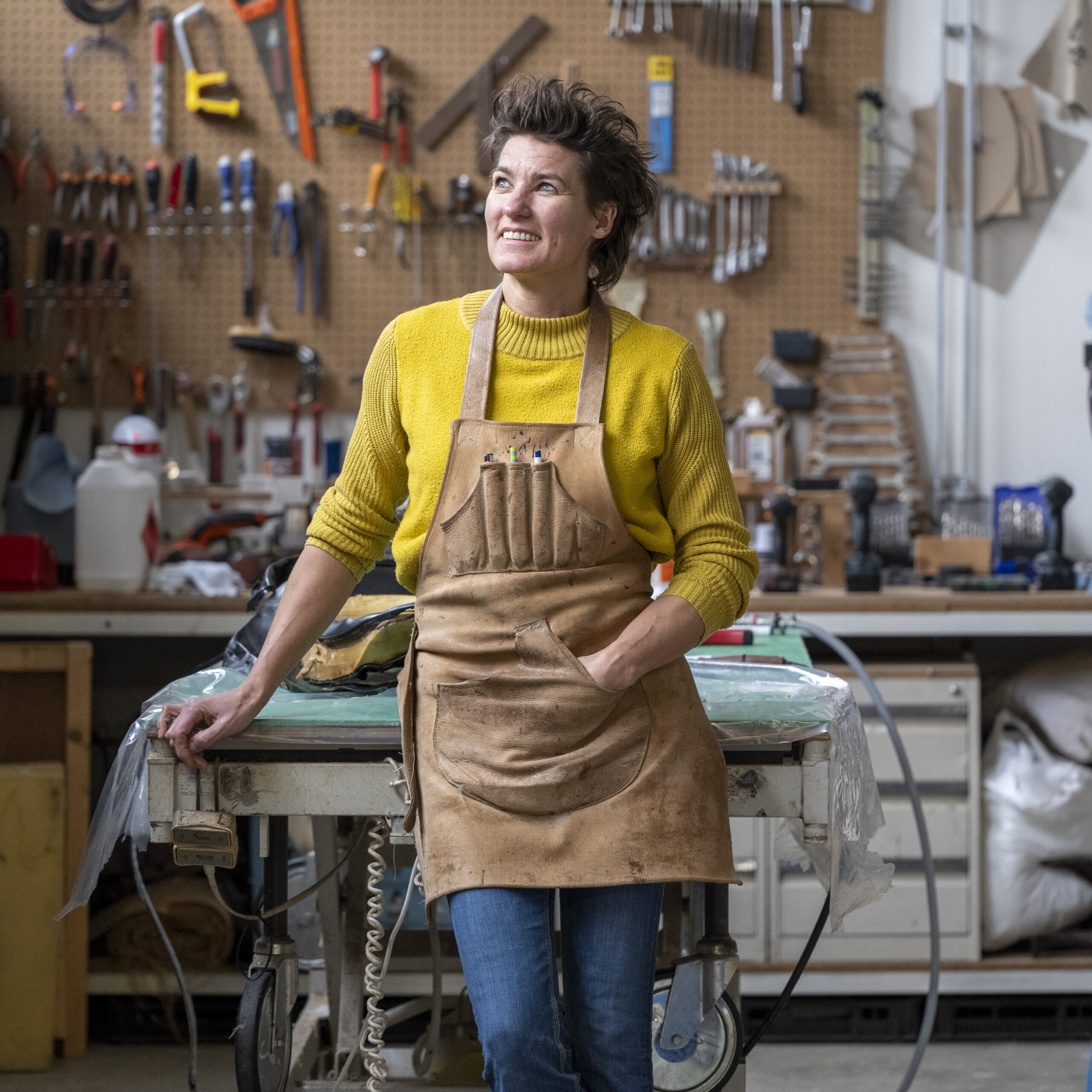
If you’ve ever looked at your cluttered garage or basement corner and thought, “I could totally turn this into a workshop”…you’re in the right place. Learning how to set up a small workshop at home on a budget isn’t just possible, it’s downright satisfying. And no, you don’t need to win the lottery or sacrifice your dining room table to make it happen. All you need is a little planning, some affordable tools, and a big dose of creativity.
Step 1: Pick Your Perfect Spot
Every workshop starts with space no matter how small. You don’t need a fancy outbuilding or a three-car garage. A corner of your basement, half your laundry room, or even a nook in the garage can become your new DIY headquarters.
Prioritize good lighting and ventilation. If you can, position your workspace near a window or plug in an inexpensive LED shop light. Not only will it help you see what you’re doing, (and what you’re about to accidentally drill), but it also makes your space feel more inviting.
Step 2: Build Your Budget-Friendly Foundation
Forget those jaw-dropping Pinterest setups…this is about smart spending. Start with a simple, sturdy workbench. You can buy affordable flat-pack benches or use a ready-made work table from a home improvement store for under $100.
Add shelves or pegboards to keep tools off the floor and within reach. Pegboards are cheap, endlessly customizable, and give your space that “pro” look even if your biggest project so far has been fixing a wobbly chair.
For flooring, rubber mats or old rugs add comfort and protect your feet from standing too long (or from dropping the occasional hammer).
Step 3: Invest in Core Tools (and Skip the Fluff)
You don’t need every shiny gadget you see online. Stick to reliable, budget-friendly essentials that cover most projects:
- Cordless drill and bit set – your MVP for almost every task.
- Hammer – for nails, motivation, and occasional stress relief.
- Measuring tape – because “eyeballing it” rarely ends well.
- Screwdrivers (flathead & Phillips) – the bread and butter of any toolkit.
- Clamps – your third hand when you’re out of hands.
- Hand saw – for basic cutting jobs that don’t need a power tool.
As you take on more ambitious projects, you can slowly upgrade or expand your toolkit…but for now, this setup handles 90% of DIY tasks.
Step 4: Keep It Organized (and Cheap)
Organization doesn’t require expensive tool chests. Affordable plastic bins, wall hooks, or even stackable crates keep everything neat and tidy. Label your containers—trust me, it saves hours of “where did I put that wrench?”
A small magnetic strip for metal tools is another low-cost game changer. It keeps screwdrivers, bits, and scissors at arm’s reach while freeing up workspace.
Step 5: Make It Comfortable and Motivating
A well-set-up space keeps you coming back to it. Add a small fan or portable heater depending on your climate, throw in a Bluetooth speaker for tunes, and hang a whiteboard or corkboard to jot down project ideas.
It’s your creative zone…make it comfortable enough to enjoy, but not so cozy you forget to actually build something.
Conclusion
Learning how to set up a small workshop at home on a budget is about smart decisions, not big spending. With affordable tools, clever storage, and a space that fits your home, you can create a workshop that’s efficient, inspiring, and easy on the wallet.
You’ll save money, gain skills, and best of all, have a place where every “I wonder if I could build that…” idea finally gets a shot.


